Deadwood
Deadwood is an important element in wooded habitats. Most forests and woodlands contain deadwood. It may occur as dead or rotting branches on a living tree, standing dead trees (known as snags), stumps, logs, or other fallen timber. Deadwood may be large, small, wet, dry, old, recent, coniferous or deciduous. Most woodpeckers need deadwood to thrive. Deadwood is essential habitat for many saproxylic insects which are important prey for many woodpecker species. Woodpeckers also use deadwood for nesting sites or as drumming posts. In Hungary, the White-backed Woodpecker is only found in forests with high levels of deadwood. One of the forthcoming tasks of our working group will be to identify all the forests with deadwood ecosystems in Hungary and encourage their protection as habitats for White-backed Woodpeckers and other deadwood dependent wildlife.
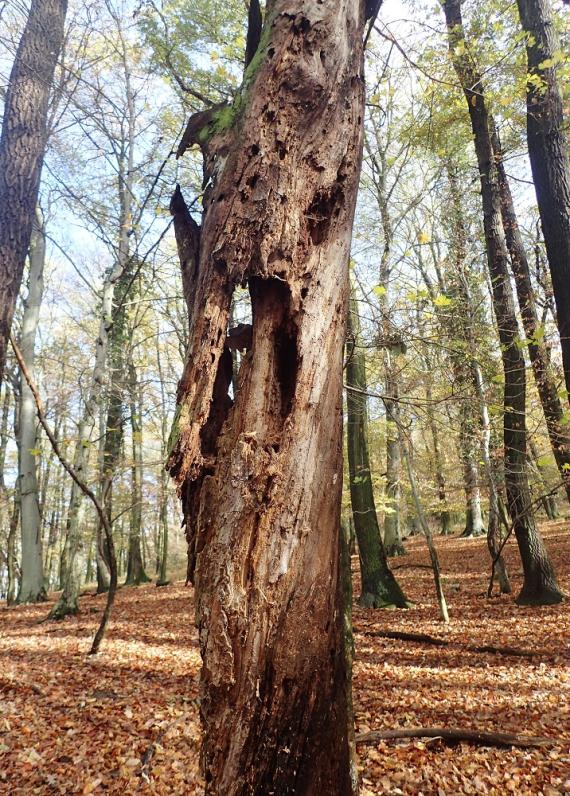
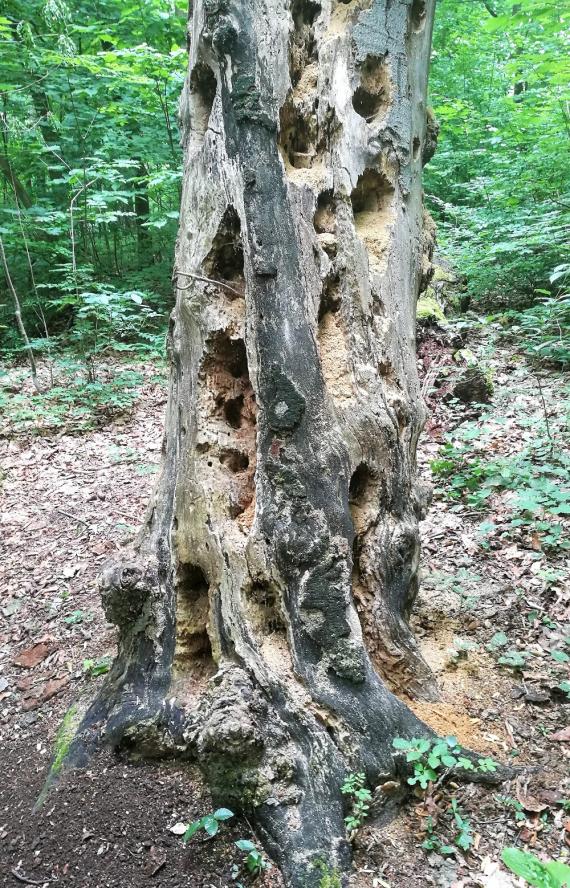
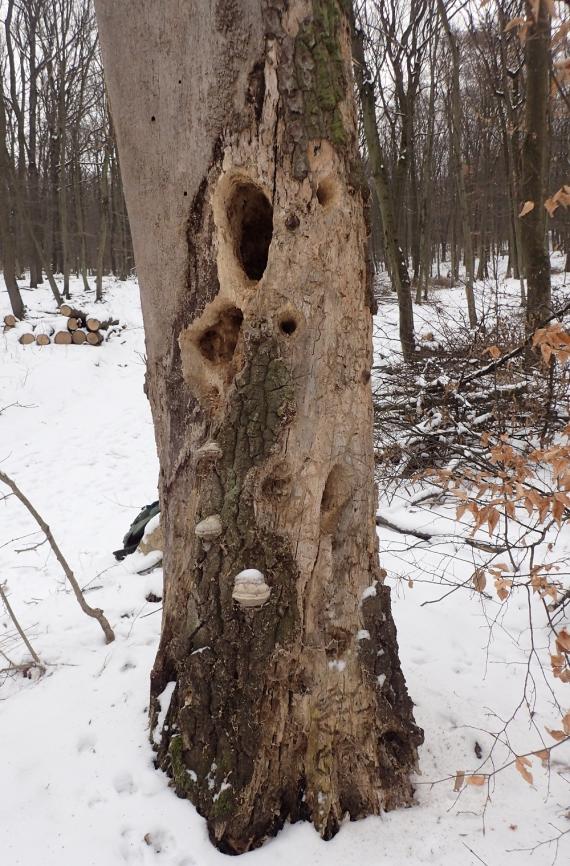
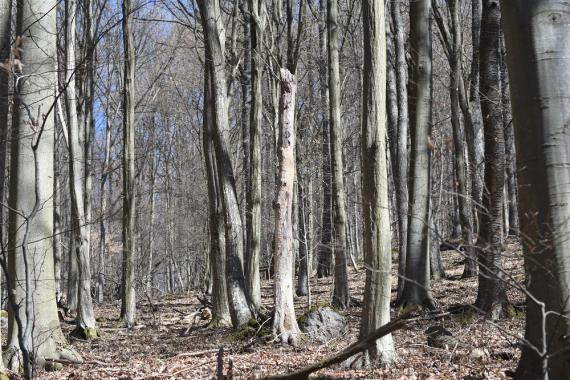
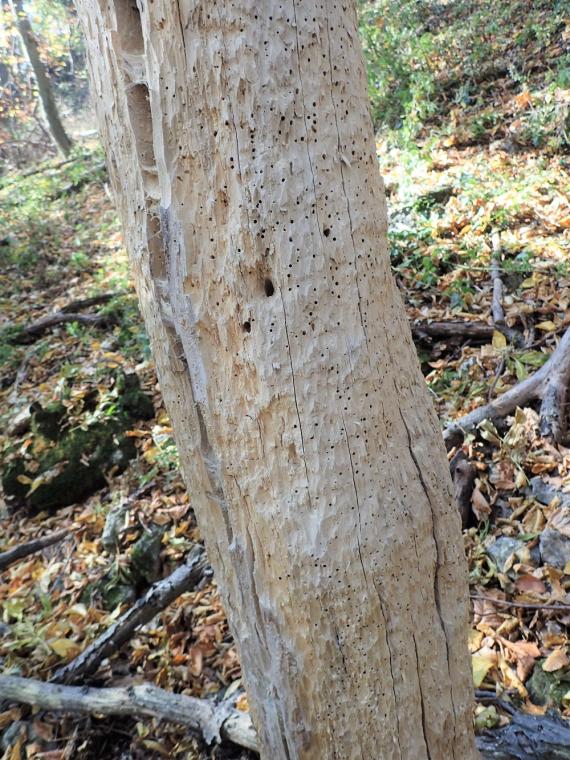
Irodalom
Csóka, Gy. (2000): Az elpusztult, korhadó fa szerepe az erdei biodiverzitás fenntartásában. ‒ In: Frank, T. (szerk.): Természet ‒ Erdő ‒ Gazdálkodás. MME, Pro Silva Hungaria, Eger, pp.85-98.
Frank, T. (2018): Harkályok. ‒ In: Szmorad et al. (szerk.): Erdőgazdálkodás és erdőkezelés Natura 2000 területeken. Rosalia kézikönyvek 4. ‒ Duna ‒ Ipoly Nemzeti Park Igazgatóság, Budapest, pp. 91-96.
Frank, T. et al. (2021): Védett Natura 2000 tölgyesek természetvédelmi kezelése II. ‒ Erdészeti Lapok 156(10): 8‒11.
Nagy, K. (szerk.) (2021): Nemzeti Szisztematikus Erdőleltár. Nemzeti Földügyi Központ, Erdészeti Főosztály, Budapest, 68 pp.
Ódor, P. (2018): Az álló és a fekvő holtfa. ‒ In: Szmorad et al. (szerk.): Erdőgazdálkodás és erdőkezelés Natura 2000 területeken. Rosalia kézikönyvek 4. ‒ Duna ‒ Ipoly Nemzeti Park Igazgatóság, Budapest, pp. 137-155.
